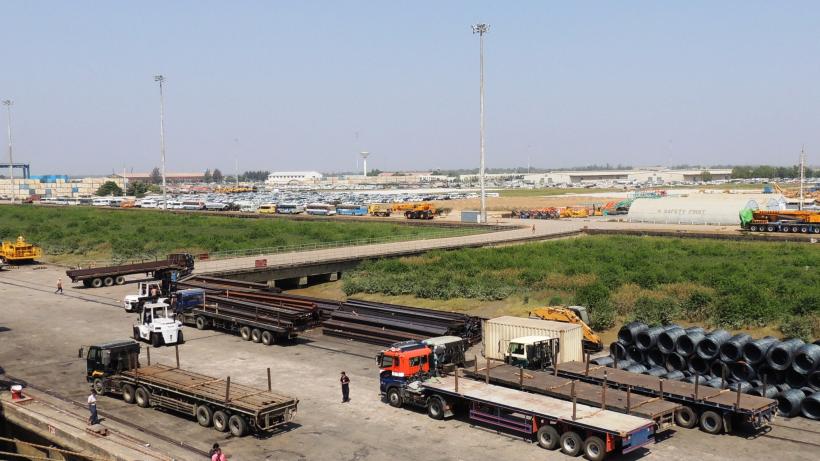-
SEZs-in-Myanmar.pdf
PDF document • 2.3 MB
Since 2010, the Myanmar government has implemented a broad platform of political and economic reforms aimed at spurring growth and increasing the country’s participation in the global economy. One objective of these reforms is to bring about structural change that makes Myanmar more reliant on the manufacturing sector. A central component of this strategy is the creation of Special Economic Zones (SEZs), enclaves that are designed to facilitate imports, exports and foreign direct investment. SEZs are common throughout the world and should have promising effects in theory.
However, in practice, their success is not guaranteed. Drawing on the experiences and lessons from neighboring countries, this report seeks to inform Myanmar’s policy-making regarding SEZ design. In order to tailor recommendations to Myanmar’s specific characteristics and policy needs, the report first analyses the available evidence on Myanmar’s trade patterns and composition, foreign direct investments, business environment and trade costs and compares these indicators to Myanmar's neighboring countries. It then discusses the channels through which reforms to trade costs can improve the productivity of its manufacturing firms. Finally, the report discusses the pillars that make SEZs successful.
Three key features emerge from international experience. First, SEZs should create a strong business climate that attracts investment from domestic and foreign firms. Second, given that specifics of policies necessary to foster growth are not ex ante known, the SEZs should promote policy experimentation. Finally, it is important that SEZs generate externalities to justify the pecuniary incentives that are offered to firms. These externalities ensure that the SEZs do not become isolated islands within the economy that simply steal employment from other parts of the economy.




